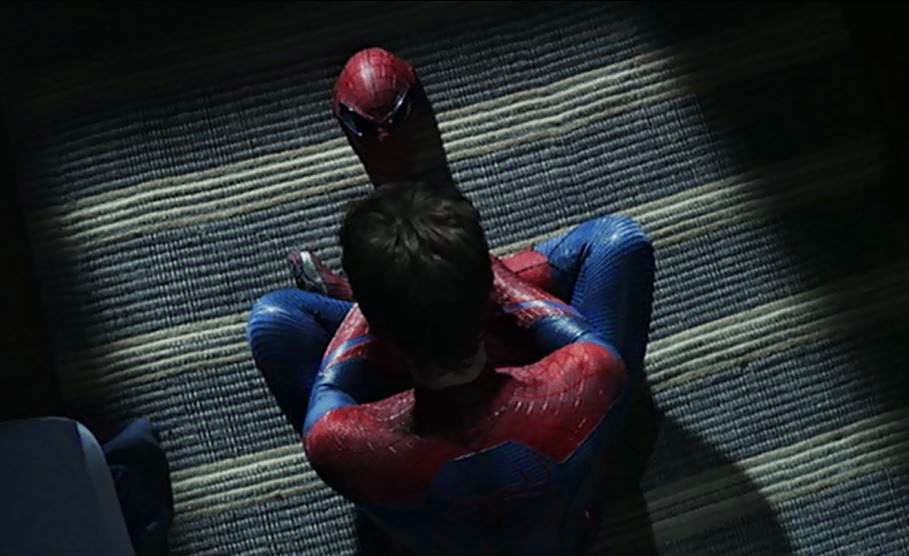The Amazing Spider-Man 2 is a movie that really
should have been incredible. The visuals are stunning, it has a top-notch cast
with excellent chemistry, and the score is just weird enough to be fascinating.
However, an extensive overabundance of plots and poor editing choices drag the
whole piece down. Marc Webb expressed his wishes to build the film around Gwen
Stacy's death and the theme of time, yet so many storylines diverge from this
purpose that by the time the fateful scene occurs, the viewer is already
fatigued.
Electro is a villain one feels was chosen mostly to look
really cool, and he does, yet pretty action sequences do not a memorable
villain make. Even before he becomes Electro, Max Dillon is ridiculously
unhinged. The audience is meant to believe he is intelligent enough to have
designed an entire power plant; however, he makes only poor decisions and is
often hallucinating. Also, electricity fixing the gap between his front teeth?
What?
While Electro is more intriguing once he becomes a villain,
Green Goblin is far more fascinating when he is still the dying Harry Osborn.
Dane DeHaan makes what could be a fairly one-note character crackle with a mix
of compassion, genius, and deviance. Yet for all of his purported intelligence,
he apparently knows there is a healing exosuit in the Special Projects
department of Oscorp, and chooses to risk spider venom instead for no reason.
This lack of thought permeates the characterizations of The
Amazing Spider-Man 2. Gwen Stacy and Peter Parker are both
hyper-intelligent, yet they make downright baffling decisions throughout the
movie. They make a joint bad decision in breaking up near the start of the
film, especially when one factors in the implication that they have been
getting together and breaking up repeatedly since the close of The Amazing
Spider-Man. So many movies are about unresolved couples that it would have
been a much fresher take to simply make Peter and Gwen a happily together team.
However, Peter's worst choices of the film take place in the final battle
against the newly-transformed Green Goblin.
One of the most iconic scenes in Spider-Man's history is the
death of Gwen Stacy. In the comics, the Norman Osborn Green Goblin throws her
from a bridge and Spider-Man's web-catch is so abrupt that her neck is broken.
In that case, there really was no better alternative. In the movie, there are
multiple times where he has the opportunity to save Gwen from falling down
within the clock tower setting, yet he still cannot prevent the web from
snapping quickly enough to save her. Perhaps the writers intend it as a
commentary on the futility of life, but it seems more likely that the new
writing team somehow forgot that in the first installment, Spider-Man's web
shooters could retract the web he shot provided it was still attached. He could
have pulled Gwen toward him immediately or at least placed her on the walkway
clearly shown on the inside of the clock tower.













